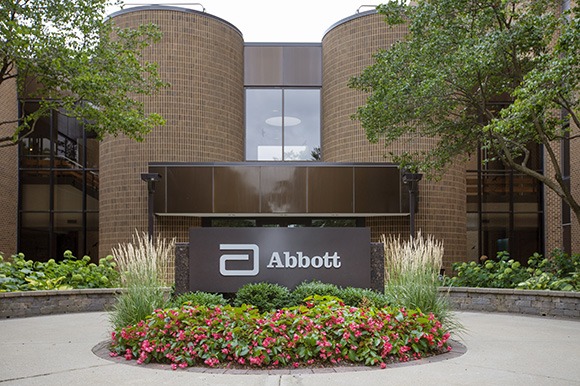
Abbott has announced data that showed that its HeartMate 3 heart pump prolongs survival for patients with advanced heart failure to five years and beyond.
The data supports the usage of the HeartMate 3 heart pump by providing a clear life-saving option for people fighting later-stage disease.
Presented at the European Society of Cardiology Congress in Barcelona, Spain, the data comes from the randomised clinical research, MOMENTUM 3 trial.
The trial intended to evaluate long-term outcomes in patients being treated for severe heart failure with a left ventricular assist device (also known as an LVAD, or heart pump).
More than 1,000 patients were involved in the experiment, which discovered that advanced heart failure patients who got the HeartMate 3 lived longer than five years.
The study demonstrated the advantages of Abbott’s heart pump technology, especially in a patient population where a heart pump or transplant is absent.
The most recent MOMENTUM 3 results also show that HeartMate 3 patients’ (almost 60%) five-year survival rates are getting close to those of heart transplant recipients with a comparable risk profile.
Abbott HeartMate 3 heart pump is used to pump blood through the body in patients whose hearts are unable to do it on their own.
It is said to be the only commercially available cardiac pump equipped with Full MagLev technology, which is designed to reduce the trauma of blood travelling through the pump and enhance patient survival and quality of life.
The heart pump has the fewest difficulties linked to the pump of any blood pump due to these qualities and its capacity to generate an artificial pulse.
The HeartMate 3 pump was compared to the HeartMate II pump in the MOMENTUM 3 study for the treatment of patients with advanced heart failure.
It revealed that HeartMate 3 has an improved survival rate of 58% over HeartMate II which has only a 44% rate.
In the study, HeartMate 3 patients were associated with a reduction in deaths due to stroke, clotting, and bleeding compared to HeartMate II.




